In recent years, sales of disposable vape devices have been skyrocketing as more and more people opt for e-cigarettes as a convenient and portable option to satisfy nicotine cravings or indulge in flavored vaping. However, as the use of disposable vapes continues to rise, questions about their safety have also risen. Are disposable vapes safe?
Today, we’ll explore the safety aspects of disposable vapes, delving into scientific studies, potential health risks, alternatives, environmental impact, and the safest brands available.
Are disposable nicotine vapes safe? Are disposable vapes bad for you? By the time we’re through, you should completely understand everything you need to know about the safety of disposable vapes and electronic cigarettes.
In this article:
- Are Disposable Vapes Safe?
- Scientific Studies: Side Effects & Health Risks of Disposable Vapes
- What Are Safer Alternatives to Disposable Vapes?
- Are Disposable Vapes Safer than Refillable Vapes?
- What Is Typically in Disposable Vapes?
- Are Disposable Vapes Bad for the Environment?
- What Are the Safest Disposable Vape Brands?
- Conclusion
Are Disposable Vapes Safe?

You may assume that because disposable e-cigarettes don’t contain tobacco, they’re perfectly safe. They are far safer than traditional cigarettes and tobacco products, and they can also be a helpful tool for those trying to stop smoking.
However, they’re not entirely without risk.
Vaping is inherently more dangerous than not smoking or vaping at all. Nicotine use comes with health risks, particularly to cardiac health. Even non-nicotine vapes can cause respiratory irritation. People with asthma or other respiratory conditions are especially at risk.
In addition, not all vapes are equal. The safety of disposable vapes depends on a wide range of factors, including the ingredients in the e-liquid and the manufacturing process.
E-cigarette liquid typically contains a combination of propylene glycol, vegetable glycerin, flavorings, and nicotine. While these ingredients are generally considered safe when used in regulated products, the heating and aerosolization process of vaping devices can produce potentially harmful substances, such as formaldehyde and acrolein.
It's also important to note that regulations and standards for vaping products vary by country, and some regions may have stricter controls than others. Enforcement of rules and standards can also be a big problem, with knock-offs and non-compliant disposable vapes common in many places.
Still, if you experience nicotine addiction, disposable vape products are a much safer source of nicotine than tobacco products. They can be a helpful tool for tapering off nicotine use altogether.
Scientific Studies: Side Effects & Health Risks of Disposable Vapes
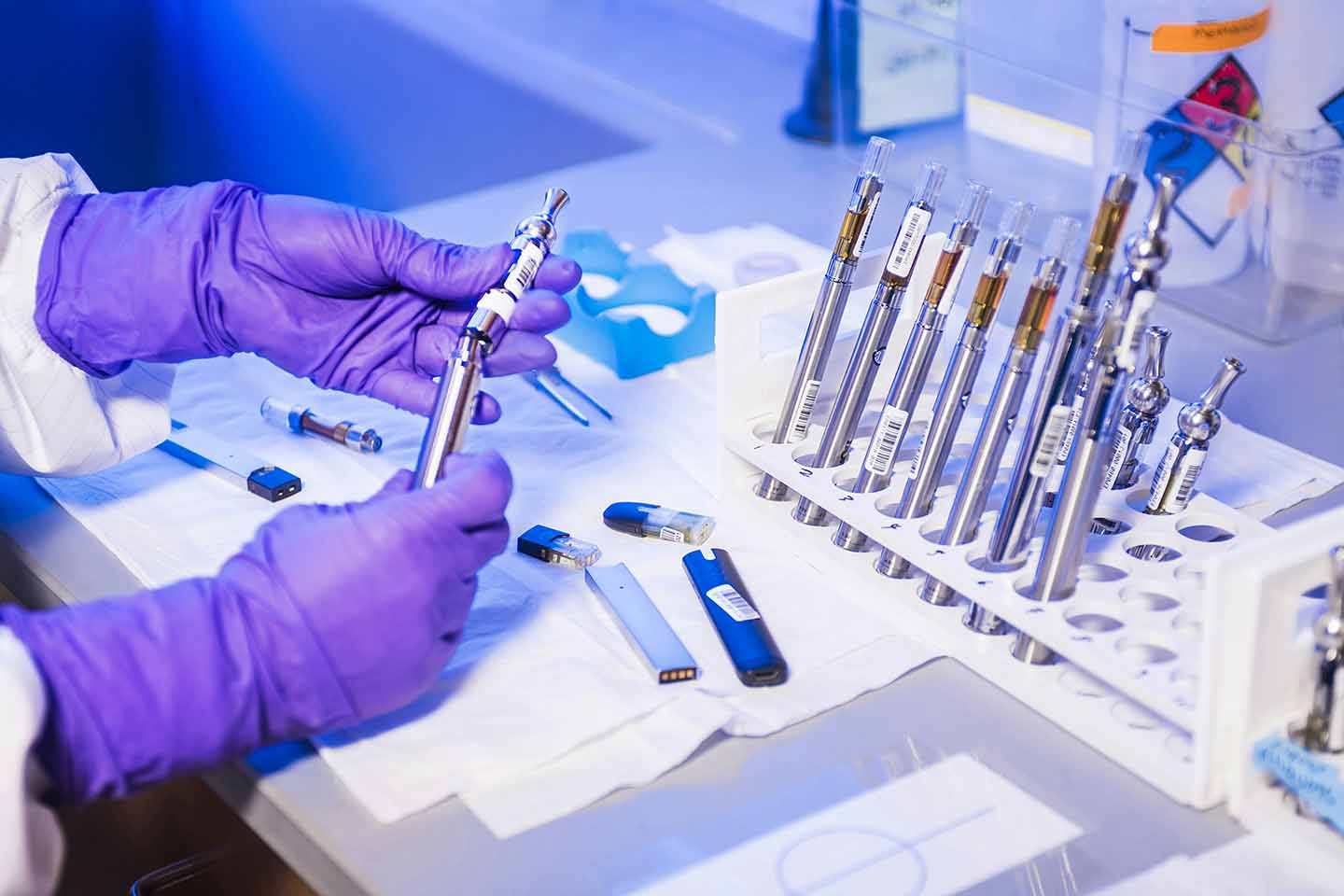
While e-cigarette liquid contains fewer harmful chemicals than traditional cigarettes and, in general, is considered a less harmful alternative to conventional smoking, it's not without its own set of concerns. What are the side effects of disposable vapes?
Unfortunately, as with so many things, there’s a lot of misinformation out there about the safety of disposable vapes. It’s essential to look at the scientific studies that shed light on their potential side effects and risks.
Studies have linked vaping to respiratory issues, cardiovascular problems, and other health issues.
The Center for Disease Control, for example, reports that data shows that Vitamin E acetate, a common ingredient in e-cigarette products, and especially THC and flavored e-cigarettes, is strongly associated with e-cigarette or vaping use-associated lung injury (EVALI).
Symptoms of EVALI can include respiratory symptoms like shortness of breath, coughing, and chest pain, but also accelerated heartbeat, abdominal pain, diarrhea, nausea, vomiting, fever, chills, unexplained weight loss, and even death.
Young people (under 35 years old) and those who vape THC, particularly those using vaping products from less reputable sources, may be especially at risk.
Diacetyl, another ingredient commonly found in vapes, has also been linked to bronchiolitis obliterans (widely called “popcorn lung”), a severe and irreversible lung disease that causes scarring in the lungs, leading to the narrowing of airways. This condition results in wheezing, coughing, shortness of breath, and other persistent respiratory symptoms.
A Harvard study found diacetyl in 39 of the 51 e-cigarette brands it tested. Two other chemicals that can cause health consequences for the respiratory system — 2,3 pentanedione and acetoin — were also commonly present, found in 23 and 46 brands, respectively. Approximately 92% of the 51 brands tested had at least one of the three chemicals.
Even propylene glycol and vegetable glycerine, which are two of the most common e-cigarette liquid ingredients and are generally considered safe, may cause respiratory irritation and inflammation. Oily substances like these are known to cause lipoid pneumonia by introducing fatty acids into the lungs via e-cigarette vapor.
In addition, disposable vape products are not heavily regulated and may contain any other substances, the safety of which may not be known. Research about the safety of vaping, in general, still needs to be completed, especially regarding the long-term effects of using vape products.
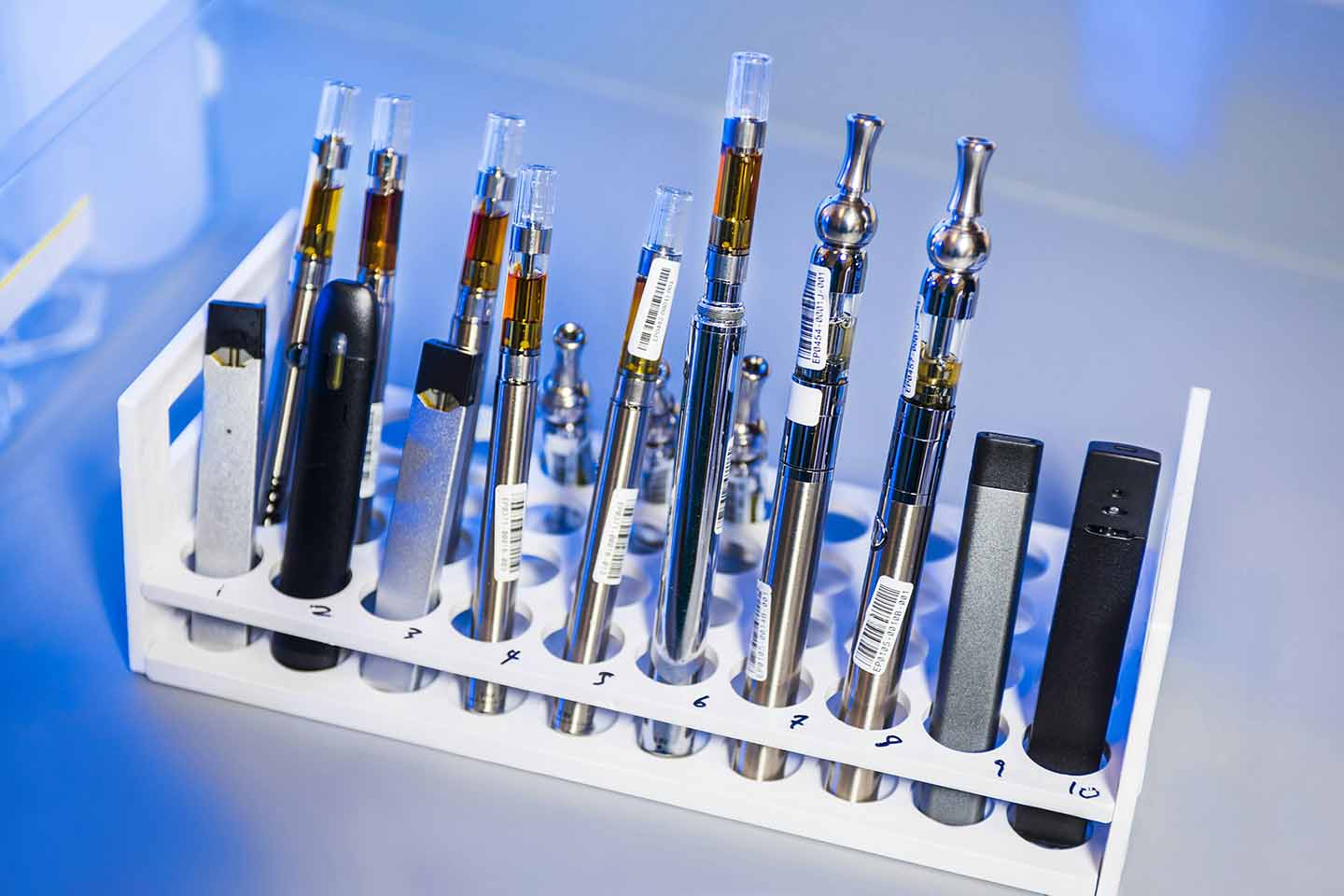
Of course, while there are nicotine-free vapes, the use of most disposable vape devices also generally comes with the risks associated with nicotine addiction. Disposable vape strength can quickly affect how much nicotine you take in.
Nicotine is highly addictive, and regular use can cause headaches, increased blood pressure, increased chance of blood clotting, sleep disturbances, shortness of breath, peptic ulcers, dry mouth, nausea, diarrhea, heartburn, indigestion, tremors, and joint pain.
However, even with these disposable vape dangers, disposable e-cigarettes do deliver far fewer toxic effects than traditional tobacco use. For people who are interested in quitting smoking, vapes are a much safer alternative. Some in the vaping industry are even working to introduce more safety features and eliminate any toxic ingredients in the vapes that they produce.
Vapes can also be very helpful for those who are trying to quit nicotine use altogether, as there are disposable devices available in a wide range of nicotine levels, allowing users to taper down nicotine use over time, minimizing the side effects of withdrawal, like irritability, depression, anxiety, and more.
What Are Safer Alternatives to Disposable Vapes?

Look into breathing devices like the Komuso Shift and Bliss Eden for the safest alternative to disposable vapes. These devices create a similar hand-to-mouth sensation as vapes or cigarettes, but with just air and no added chemicals, so they’re just as safe as breathing.
Nicotine replacement therapies, such as patches, gum, pouches, and lozenges, are other alternatives for individuals seeking to quit smoking or reduce nicotine intake without resorting to vaping. These methods have undergone extensive testing and are considered safe by health professionals. However, they still carry the risks associated with nicotine use.
Are Disposable Vapes Safer than Refillable Vapes?
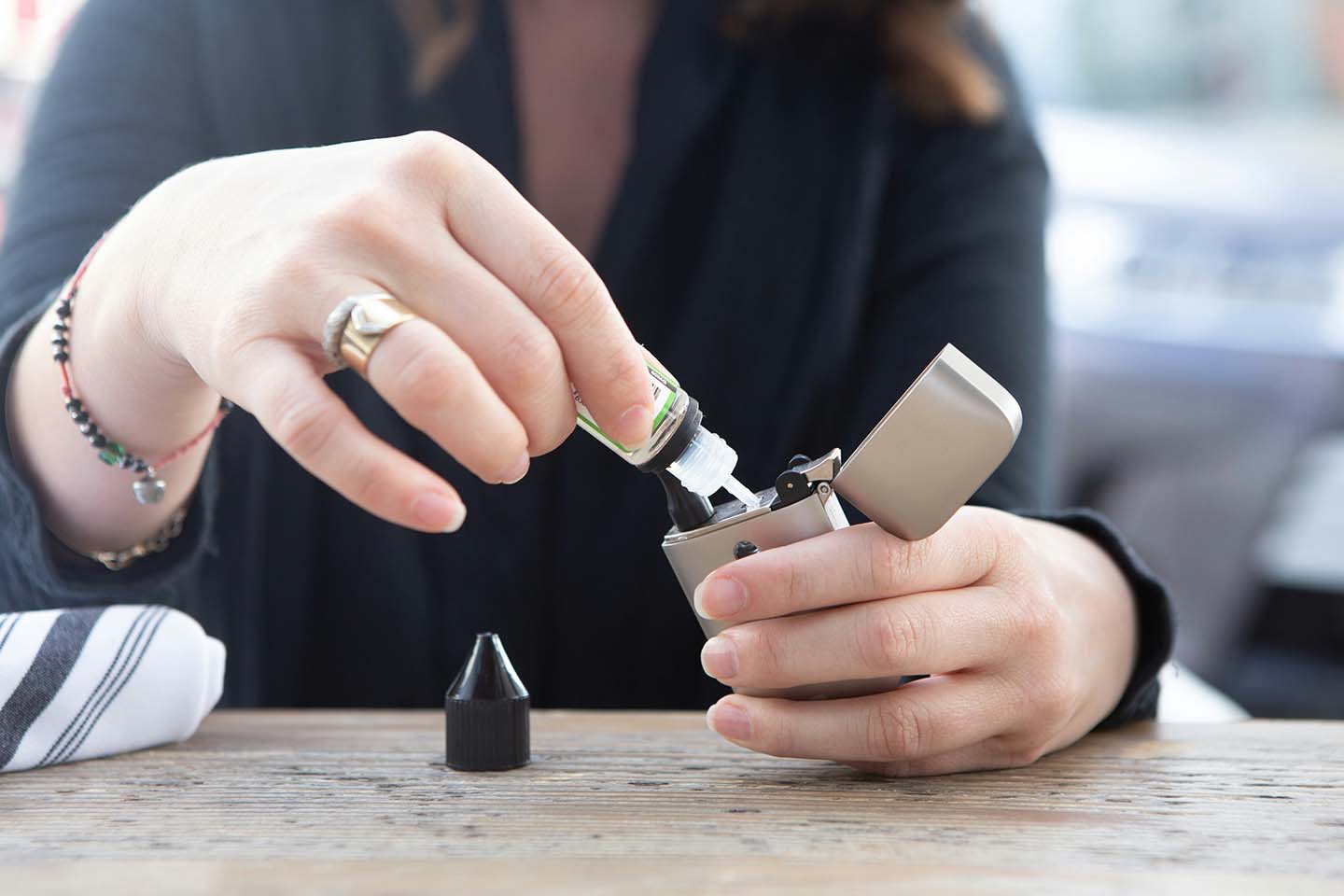
The debate over the safety of disposable vapes versus refillable vapes is ongoing. Disposable vapes are single-use devices that come pre-filled with e-liquid. They are generally considered more user-friendly and convenient, as they don't require refilling and often don’t require charging.
However, the safety of disposable vapes can be influenced by the quality of the manufacturing process and the ingredients in the e-liquid.
Reusable devices, on the other hand, allow users to refill their vape tanks manually, providing more control over the ingredients and concentrations in their e-liquid. While refillable vapes offer flexibility, safety concerns can arise if users mishandle e-liquids, use substandard products, or modify the devices in unsafe ways.
With either option, vapers must diligently select quality e-liquids and maintain their devices properly to avoid potential risks.
What Is Typically in Disposable Vapes?
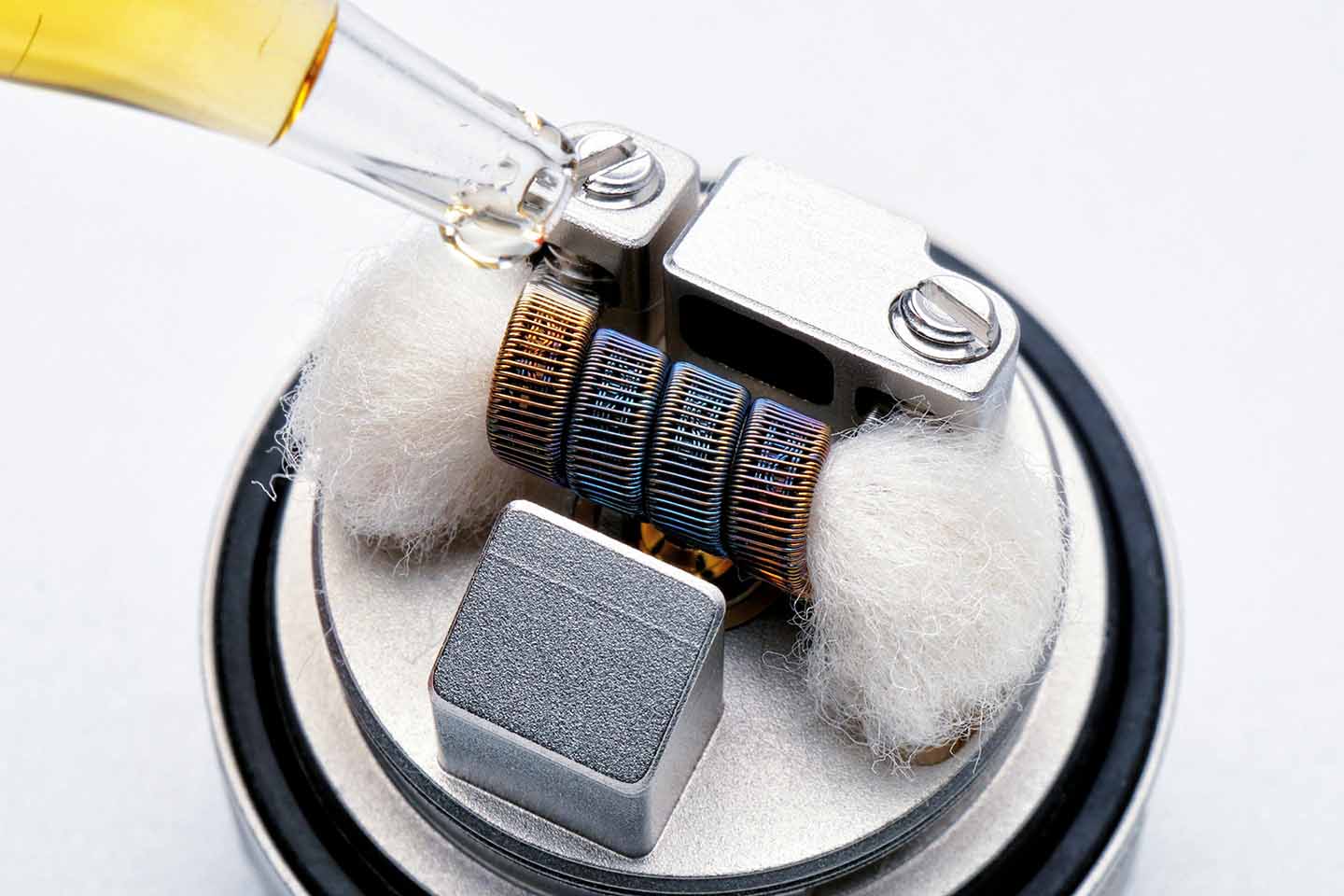
Disposable vapes generally consist of a battery, a heating element, and an e-liquid cartridge. The e-liquid typically consists, at minimum, of a liquid base — usually propylene glycol and vegetable glycerin — as well as flavorings and nicotine.
While these ingredients are generally considered safe for oral consumption, vaporizing and inhaling them raises questions about their safety when inhaled into the lungs.
In addition, vaping products may contain any number of additional substances which may or may not be safe.
Diacetyl, for example, is a compound used to create a buttery flavor, but, as we discussed above, it has been linked to severe respiratory issues when inhaled.
It's essential for users to be aware of the specific ingredients in the e-liquids they are inhaling and to choose products from reputable manufacturers that prioritize transparency in their ingredient lists. Research the safety of the ingredients of your vape for yourself before use.
Are Disposable Vapes Bad for the Environment?
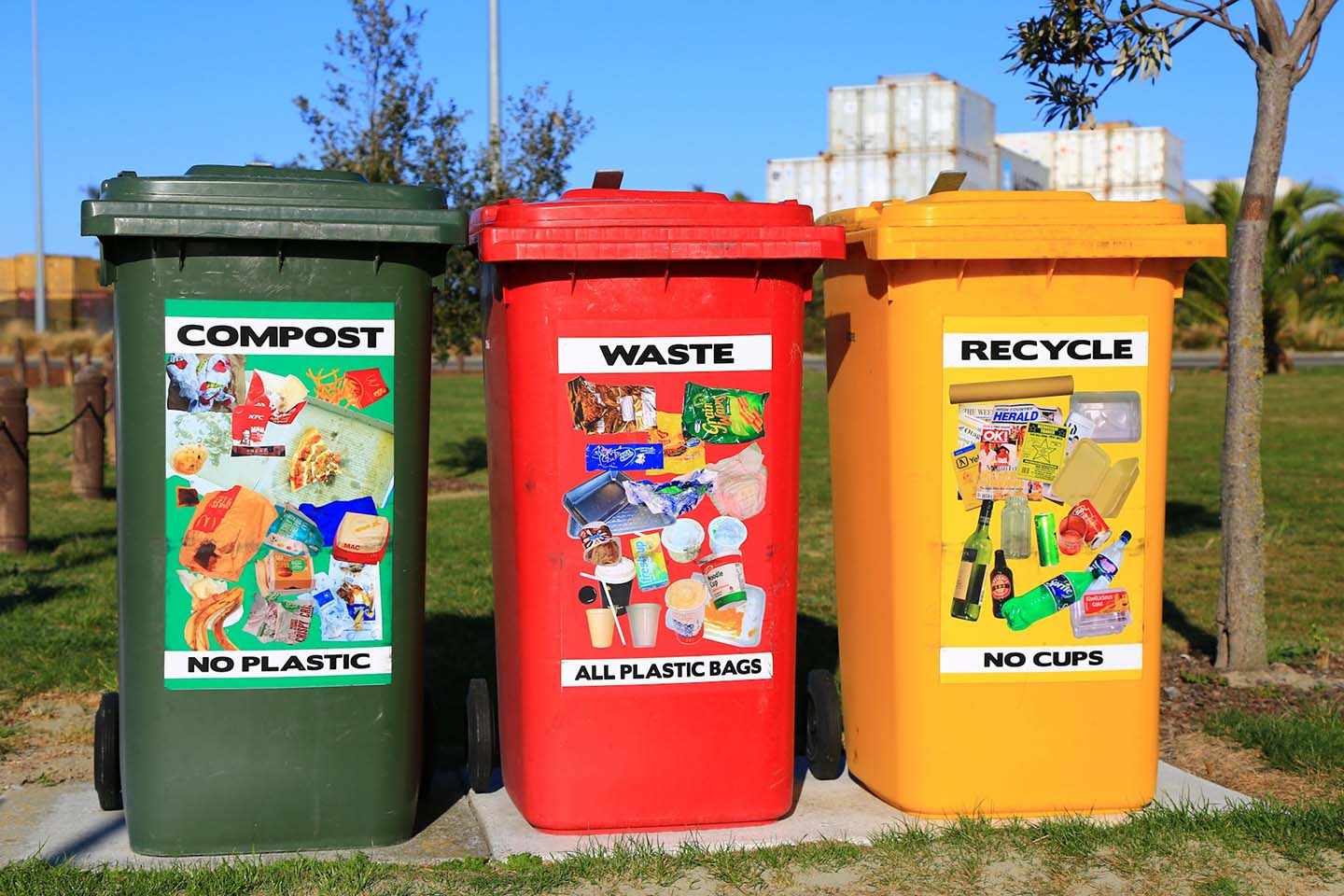
All disposable products come at the cost of waste creation, both during manufacturing, through carbon emissions and resource depletion, and after use. This harsh reality is especially true for vapes since they contain batteries and possibly other hazardous materials that you shouldn’t dispose of in regular trash.
To help combat this issue, some disposable e-cigarette manufacturers have started recycling programs to minimize waste generated by producing new disposable products and keep potentially dangerous substances out of landfills.
Many of these manufacturers also offer discount codes for money off future purchases to people participating in these programs.
If you’re concerned about the environmental impact of a disposable vape, it may be worth switching to a reusable device for your peace of mind.
What Are the Safest Disposable Vape Brands?

As we’ve covered, many of the health risks associated with using disposable vapes are related to unsafe ingredients. Some brands, like Ziip Stick, stand out due to our commitment to safety and transparency.
Ziip Stick’s Z Stick is one of the only disposable vape companies that has received an acceptance letter from the FDA for a Premarket Tobacco Application (PMTA).
To receive this accreditation, Ziip Stick provided the FDA with hundreds of thousands of pages of lab results demonstrating that every element of our device, from the raw materials to the manufacturing processes, conforms to industry best practices for user safety.
99% of vapes you’ll find in this widely unregulated market are built by companies that have specifically avoided the complete transparency that PMTA scrutiny requires.
To choose the best disposable vape, look for products from manufacturers that provide detailed information about their e-liquid ingredients, adhere to industry standards, and insist on third-party testing for quality assurance.
Researching and choosing brands that prioritize quality ingredients, transparent manufacturing processes, and rigorous testing can significantly reduce the dangers of disposable vapes.
Unfortunately, knockoffs of popular disposable vapes — like Elf Bar and Puff Bar — are a huge problem in both local corner shops and serious vape stores. Avoiding third-party sellers and buying your vapes directly from the manufacturer will ensure you avoid knockoffs.
Conclusion
So, are disposable nicotine vapes bad for you?
While disposable vapes offer convenience and accessibility, vapers should consider these products' potential health risks and environmental implications. Unfortunately, there’s still relatively little research elucidating the safety of disposable vapes, especially in the long term.
Until we know more, choosing safer alternatives, such as refillable vapes, breathing devices, or nicotine replacement therapies, may be a more responsible choice for individuals concerned about the potential risks. Additionally, being mindful of ingredients and selecting vapes from reputable brands — especially those with government certification like Ziip Stick — can ensure the safest possible vaping experience.


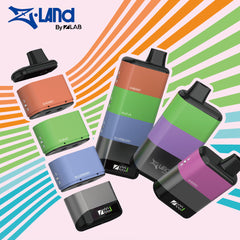





Leave a comment